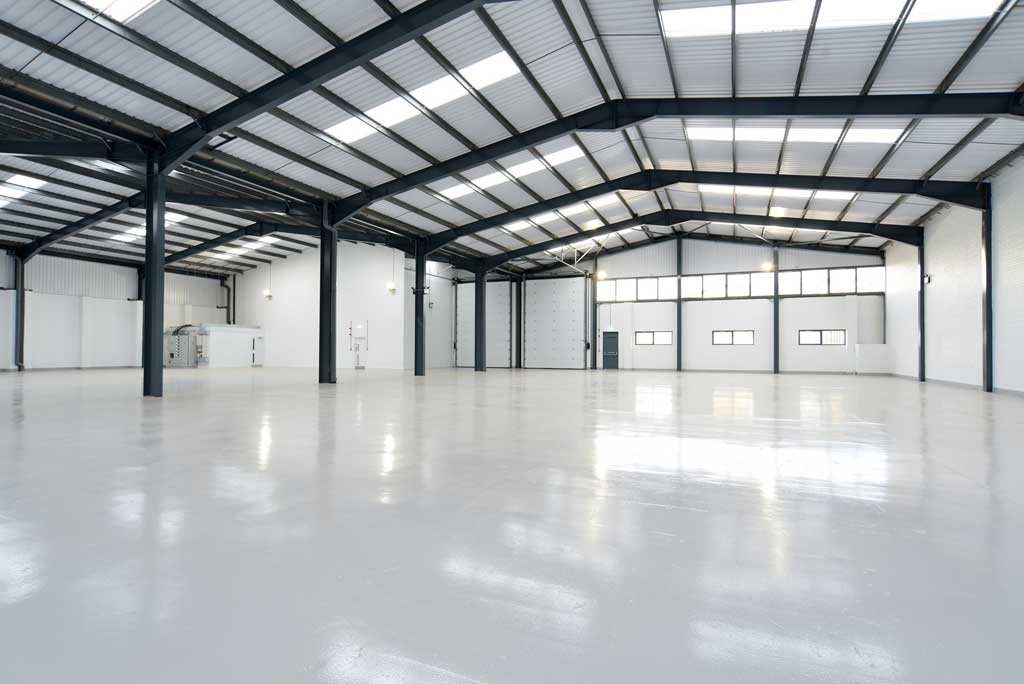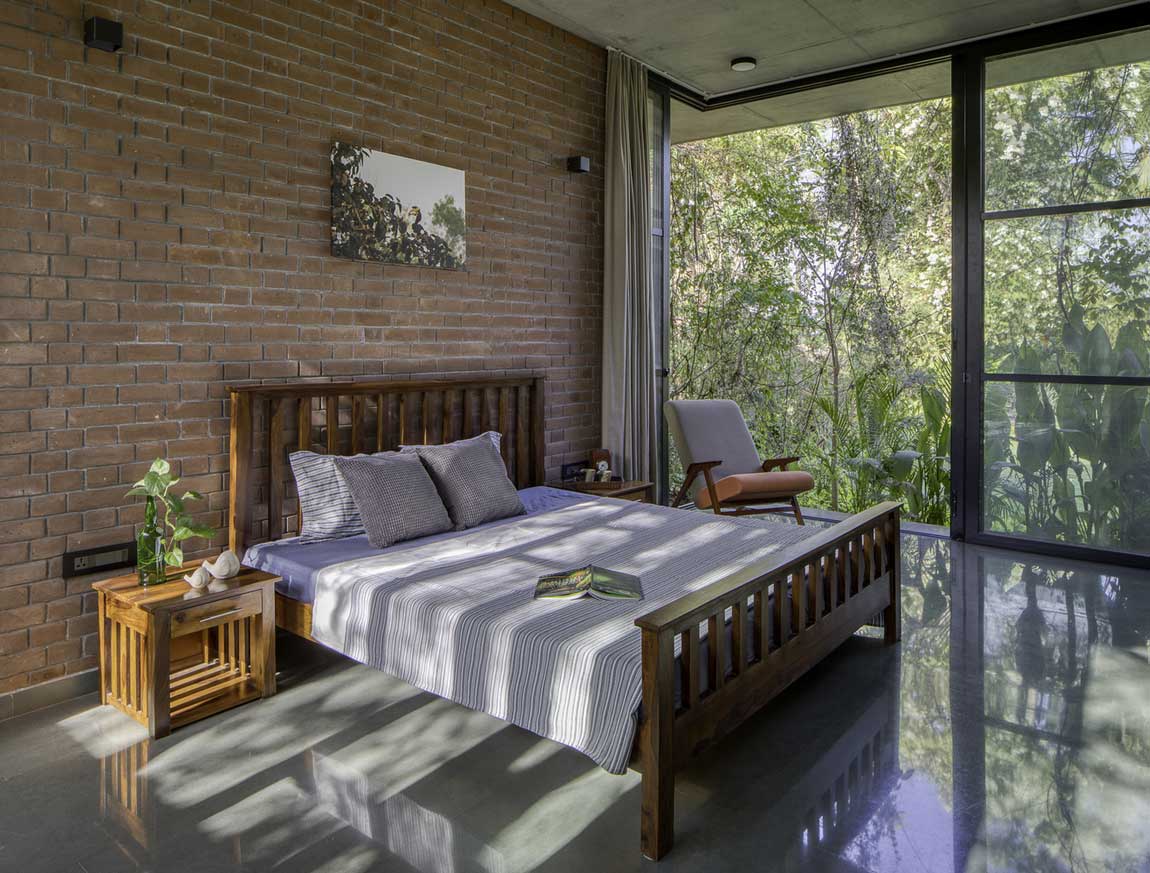Steel buildings have transformed architecture and construction by standing out for their adaptability, robustness, and affordability. Renowned for their formidable strength and enduring nature, they’ve surpassed conventional roles, ushering in a new era of creative opportunities. This shift has enabled a diverse range of applications that redefine the boundaries of design and utility in the built environment.
Read on as this article delves into innovative ways to maximize space through steel buildings, offering practical solutions for various needs and industries.
Innovative Designs In Commercial Spaces
Commercial enterprises constantly seek efficient ways to utilize space. Steel buildings offer a flexible solution, accommodating many commercial needs, from warehouses and retail outlets to modern office spaces. The inherent strength of steel allows for large, open interior spaces, free from the need for supporting columns. This flexibility enables businesses to design interiors that best fit their operational requirements, involving vast storage areas or open-plan offices.
As such, many companies specializing in steel construction, like Murray Steel Buildings, have become available to accommodate various needs. They’re usually known for their bespoke steel building solutions catering to various commercial applications. Their expertise in crafting customized designs allows businesses to maximize their usable space efficiently and creatively.
Steel Buildings In Agriculture
Steel buildings have also become indispensable in the agricultural sector due to their versatility and resilience. These structures, ideal for diverse farm needs, can range from functional barns to efficient storage units for machinery and crops. They’re also increasingly used for specialized purposes like indoor riding arenas, offering a controlled environment for equestrian activities.
Moreover, the adaptability of steel buildings to different climates and environments makes them a standout choice for agriculture. They’re engineered to endure extreme weather conditions, from heavy snowfall to high winds, ensuring the safety of livestock and agricultural equipment. Also, the low maintenance requirements of steel buildings are a significant boon for farmers and agribusinesses.
Unlike traditional wooden structures, steel buildings are resistant to pests, decay, and fire, reducing long-term maintenance costs and increasing lifespan. Their modular design also allows for easy expansion, adapting to the needs of a growing farm or agricultural enterprise. This makes them a long-term, cost-effective investment in the agricultural industry.

Educational And Recreational Uses
Steel buildings have increasingly been recognized for their potential in educational and recreational settings due to their flexibility and rapid construction capabilities. Educational institutions like schools, colleges, and universities are turning to these structures for creating spaces such as gymnasiums, auditoriums, and classrooms. The advantage of steel buildings in these settings lies in their quick construction, significantly reducing the time and disruption typically associated with traditional building methods. This aspect is particularly beneficial for educational institutions, ensuring minimal interruption to academic activities.
In recreational applications, steel buildings offer immense benefits. Indoor sports facilities, community centers, and recreational complexes leverage steel structures’ spacious interiors and customizability. These buildings can accommodate various activities, from basketball courts to large gathering spaces, providing a safe and adaptable environment. The high ceilings and wide spans possible with steel construction also create large, unobstructed areas ideal for sports and recreational activities. Additionally, the strength and durability of these buildings ensure they can withstand the high-traffic use typical in educational and recreational settings.
Industrial And Manufacturing Facilities
Steel buildings are also fundamental in the industrial and manufacturing sectors, renowned for their sturdiness and enduring nature. These structures are essential in housing heavy machinery, accommodating various manufacturing processes, and storing raw materials and finished goods. Their most significant advantage lies in creating vast, unobstructed interior spaces, which are crucial for efficient assembly lines and operations involving large machinery.
Since steel buildings allow for high ceilings and expensive doorways, they can accommodate the unique spatial needs of different industries. This feature is particularly important for sectors that require significant vertical or horizontal space, such as aerospace, automotive, or heavy machinery manufacturing. The durability of steel buildings also plays a crucial role in these environments, as they can withstand the rigorous demands of industrial activities, including vibrations, heavy loads, and constant use.
Innovative Residential Applications
Using steel buildings in residential construction is a growing trend, offering unique and modern living solutions. These structures are increasingly being transformed into homes, reflecting a shift towards more innovative and customizable housing options. For one, the adaptability of steel allows for a wide range of architectural designs, layouts, and house plans, catering to diverse homeowner preferences and styles.
For instance, steel buildings can be converted into loft-style apartments, contemporary single-family homes, and even multi-story residential complexes. The strength and durability of steel enable the creation of open, airy spaces with high ceilings and large windows, characteristics appealing to modern aesthetics.
Furthermore, the energy efficiency of steel buildings is a significant advantage, offering insulation capabilities leading to reduced energy costs. This aspect, combined with the sustainability of steel as a recyclable material, makes these structures an environmentally friendly choice in residential construction.
Emergency And Temporary Structures
Steel buildings are increasingly recognized as ideal solutions for emergency and temporary structure needs. Their rapid assembly and disassembly capabilities make them perfect for situations requiring quick and reliable shelter solutions, such as disaster relief, temporary medical facilities, or emergency housing. The durability and weather resistance of steel also ensure that these structures can endure various environmental challenges, providing safe and secure shelters in times of crisis.
Moreover, the modular nature of these structures allows for flexibility in design and size, making them adaptable to different emergency scenarios.
Conclusion
Steel buildings have evolved into versatile solutions that can be creatively adapted for many purposes. With the information mentioned above in mind, the possibilities are indeed limitless. Their strength, durability, and flexibility make them an ideal choice for maximizing space in various settings.







